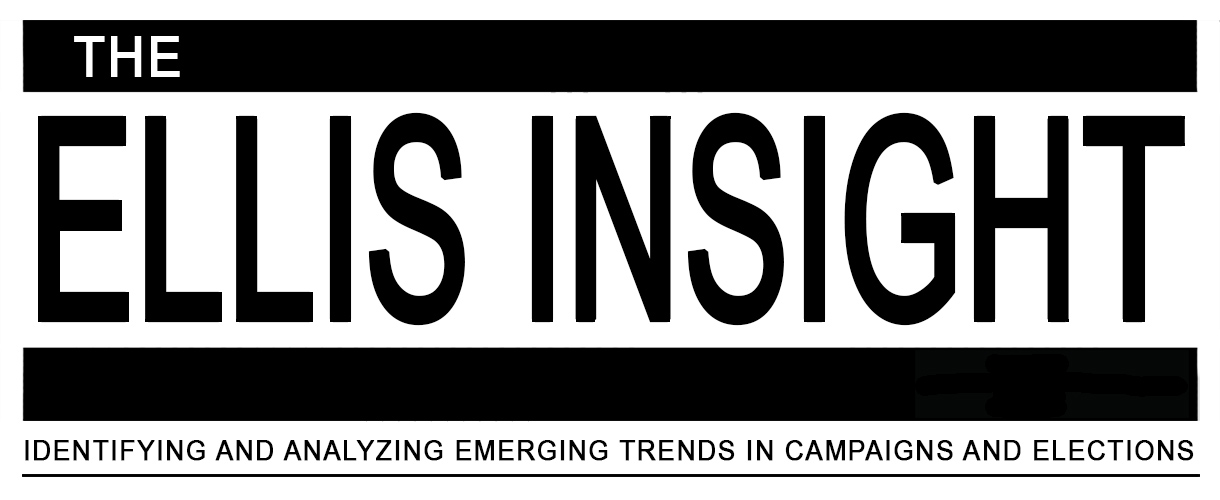The Politico newspaper ran a story yesterday detailing a strategic political difference between Senate Majority Leader Harry Reid (D-NV) and former leader Tom Daschle (D-SD) over who should be the South Dakota Democratic senatorial nominee. The party is battling to hold retiring Sen. Tim Johnson’s (D) seat. We analyze a number of points related to this contest below.
First: Polling shows, and most people believe, that former representative Stephanie Herseth Sandlin would be the Democrats’ strongest candidate. Sen. Reid was clearly in this camp, but Daschle was apparently a major force behind his former aide, Rick Weiland, entering the race. Last week, soon after Weiland’s announcement, the former congresswoman made public her decision not to run.
Analysis: While Herseth Sandlin showed best against GOP former governor Mike Rounds in early ballot test polling, she was still consistently trailing. Though she successfully served three terms, the ex-member did lose her House seat as a sitting incumbent. The fact that she fails to lead a poll in what could well be the apex of her candidacy is a good indication that she may not be the ideal 2014 Democratic standard bearer, and probably made the right decision in bypassing the race.
Second: The prevailing wisdom suggests that the Democrats should field a more conservative candidate who would have greater appeal to the South Dakota electorate. Conversely, Weiland argues, “You run a Republican against a Republican, you’re going to elect a Republican.”
Analysis: The record since 2006 seems to back Weiland’s assessment. Moderates of both parties have not fared well during this four-election period, as their ranks in both houses have become badly depleted. Particularly in 2006, ’08 and ’10, an anti-incumbency strain that affected both parties became more of a driving factor than Continue reading >


